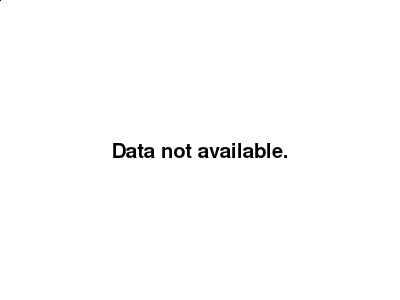U.S. Secretary Mike Pompeo said the “U.S. will not issue any exception to Iranian oil importers,” in a tweet Monday. “The global oil market remains well-supplied. We’re confident it will remain stable as jurisdictions transition away from Iranian crude.” The waivers were set to end May 2.
The U.S. had granted 180-day waivers to eight countries, allowing them to buy Iranian crude despite sanctions put in place in November, with the stipulation that the countries move toward reducing those purchases and eventually stopping imports (see list below):
- Greece (already reduced Iran imports to zero)
- Italy (reduced to zero)
- Taiwan (reduced to zero)
- China
- India
- Turkey
- Japan
- South Korea
China, India, Turkey, Japan and South Korea haven’t stopped importing Iranian oil, according to the Washington Post.
Why aren’t waivers being renewed?
Industry participants thought a “complete cutoff of waivers was unlikely, since the [Trump] administration clearly prefers oil prices that aren’t too high,” said Michael Lynch, president of Strategic Energy & Economic Research.
President Donald Trump made an attempt to calm the oil market, which saw prices rally Monday, setting them up to settle at their highest since late October. May West Texas Intermediate crude CLK9, +2.59% rose $1.78, or 2.8%, to $65.78 a barrel on its expiration day. June Brent LCOM9, +3.03% traded at $74.24 a barrel, up $2.27, or 3.2%, in Monday dealings.

What does the end of Iranian oil waivers mean?
The decision to end the waivers “basically ends the OPEC+ production cuts agreement,” said Edward Moya, senior market analyst at Oanda. “The lack of waivers will require other OPEC members to make up for the lost oil and that will make it difficult to have all members agree upon a new strategy.”
Members of the Organization of the Petroleum Exporting Countries, and nonmembers, had implemented a plan in January to cut production by a total of 1.2 million barrels from October levels through June of this year. The producers plan to hold their next official meetings on June 25-26, just ahead of the plan’s expiration.
What happens next?
Iran has reportedly threatened to close the Strait of Hormuz in retaliation for sanctions. The U.S. is committed to “not let that happen” so a closure is “unlikely,” Oanda’s Moya said. The Energy Information Administration considers it to be the world’s most important oil transit chokepoint, as it accounts for around 30% of all seaborne-traded crude oil and other liquids.
James Williams, energy economist at WTRG Economics, expressed doubt that Iranian oil imports would fall to zero. “Expect more saber rattling from Iran. The threat to close the Strait of Hormuz is vacuous, but I anticipate they will hold naval exercises near the strait as they have in the past. It helps support the price and they get more revenue for whatever oil they do export.”
Moya told MarketWatch: “While the U.S. wants to see Iran exports fall to zero, they won’t. If that were to happen, we would see a military escalation in the Persian Gulf,” referring to the threat of a Strait of Hormuz closure.
Content is for general information purposes only. It is not investment advice or a solution to buy or sell securities. Opinions are the authors; not necessarily that of OANDA Business Information & Services, Inc. or any of its affiliates, subsidiaries, officers or directors. If you would like to reproduce or redistribute any of the content found on MarketPulse, an award winning forex, commodities and global indices analysis and news site service produced by OANDA Business Information & Services, Inc., please access the RSS feed or contact us at info@marketpulse.com. Visit https://www.marketpulse.com/ to find out more about the beat of the global markets. © 2023 OANDA Business Information & Services Inc.


